Description
Hans-Georg Mueller was born in 1924. He is the son of the painter, architect and craftsman Walter Müller (born 1901, died 1975) and the weaver Bettina Vogeler, one of the three daughters of Heinrich und Martha Vogelers. Hans-Georg was educated as a carpenter in the „Vereinigten Werkstätten“ in Bremen and founded a workshop in the “Haus im Schluh”. Hans-Georg Mueller belonged already to the third generation of the Worpsweder artist colony.
His most significant co-founder Heinrich Vogeler was located in Worpswede in the Barkenhoff (nds. für „Birkenhof“) since 1895. The house and atelier gave him a central place in his life and work. It was a magnet for artists of modernism and the German arts and crafts movement.
From 1906 on, Heinrich Vogeler and his brother Franz established the „Worpsweder Werkstätte Tarmstedt“. The workshop ascended in an era of industrial mass-produced goods to a an address for high-quality craftsman-furniture. As a member of the 1907 founded German Werkbund, Vogeler and his workshop sought for a morally citing term of a new quality and a new esthetic.
As his ancestors, for Hans-Georg Mueller “modernity” had nothing in common with the “fashionable” designing. He looked for contemporary, but long lasting designs and try to integrate traditional crafts and industrial mass-production techniques.
His here offered table was entirely manufactured of wood. The marqueteried creation of a tulip refers to the Lower Saxony Tradition. The constructive clarity of structure is inspired by an architectural design (recalls Jean Prouvé 1949/50 designed table “Guéridon”). This table provides a solid, but slight impression. It is demonstrated that modern tables did not have to be inevitably on steel and glass. Mueller is one of the interesting representatives of the German post war furniture design. He was already awarded for his oeuvre.

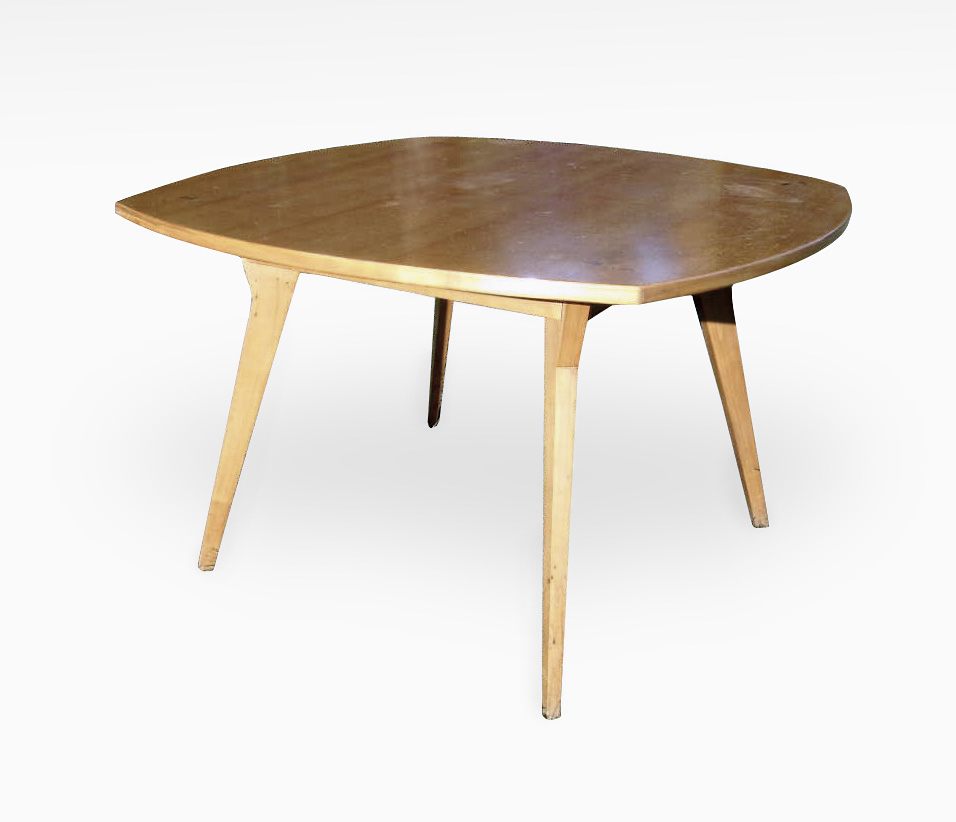


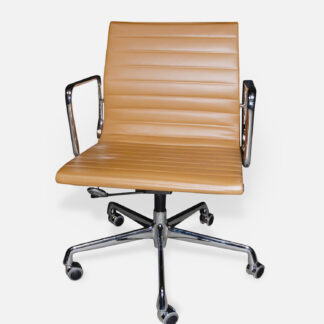
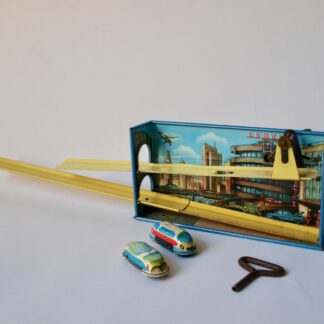
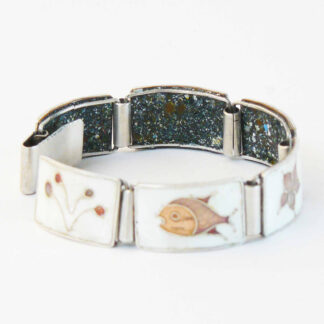

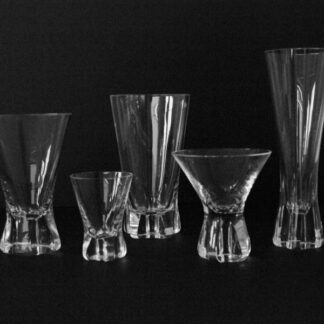
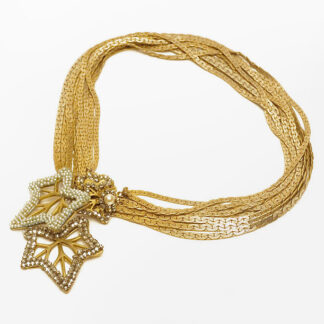
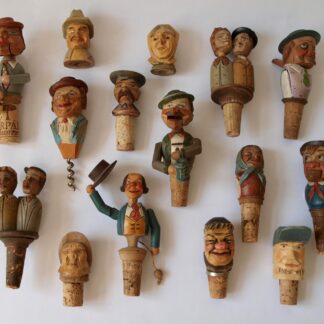
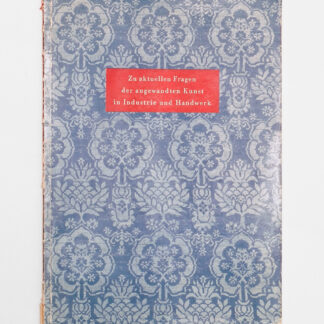
Reviews
There are no reviews yet.